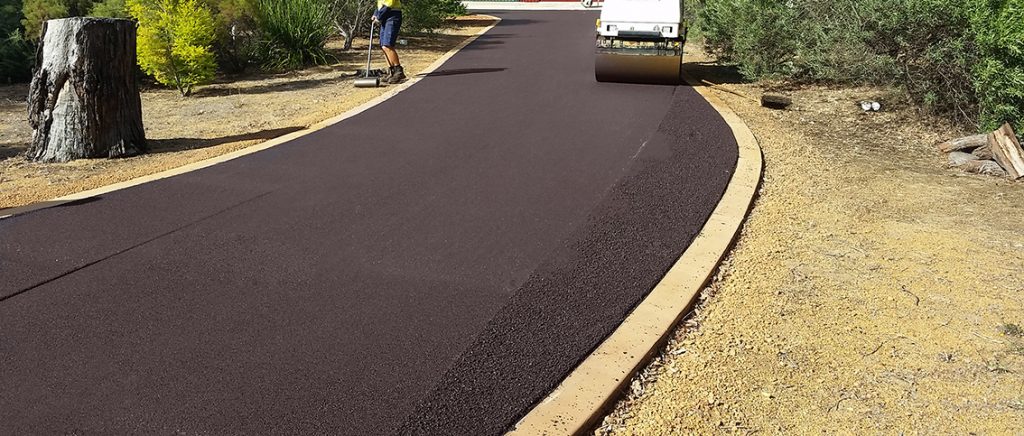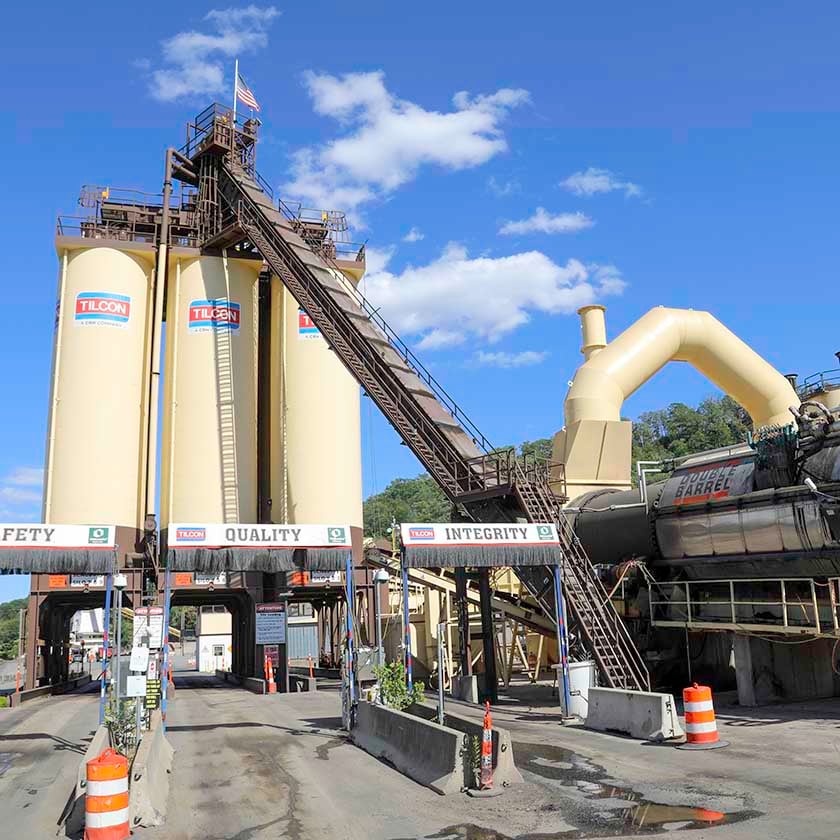Hot Mix Asphalt Paving: Elevating Commercial Parking Lot Specifications
Hot Mix Asphalt Paving: Elevating Commercial Parking Lot Specifications
Blog Article
Unlocking the Secrets of Hot Mix Asphalt Technology
Discovering the midsts of hot mix asphalt innovation uncovers a globe where exact formulas and meticulous procedures merge to form our roads and framework. The fusion of fillers, binders, and accumulations isn't simply a building job however a tactical orchestration of resilience and performance.
Significance of Warm Mix Asphalt
Warm Mix Asphalt plays an essential function in contemporary infrastructure advancement due to its longevity and cost-effectiveness. As the most commonly used paving material for roads, highways, and vehicle parking whole lots, Hot Mix Asphalt uses an array of advantages that contribute to its value in building tasks.
The durability of Hot Mix Asphalt originates from its composition, which includes accumulations, binder, and filler products that are thoroughly selected and mixed to fulfill particular performance requirements. This precise combination causes a solid and adaptable sidewalk that can withstand regular use without significant damage. Warm Mix Asphalt is 100% recyclable, additional enhancing its sustainability and environmental benefits. Overall, the relevance of Warm Mix Asphalt in facilities development can not be underrated, as it remains to be a cornerstone of modern-day building and construction methods.
Parts of Asphalt Mixes
The composition of asphalt blends is composed of very carefully selected accumulations, binder, and filler materials that are crucial for accomplishing particular performance requirements. Aggregates are the primary component of asphalt mixes, providing toughness and stability. The binder, generally bitumen or asphalt concrete, holds the aggregates together and provides flexibility and resilience to the mix.
The combination and percentage of these elements play a substantial function in figuring out the top quality and efficiency of the asphalt mix. Designers very carefully design the mix to satisfy particular requirements, taking into consideration variables like traffic volume, environment conditions, and sidewalk lifespan. Appropriate choice and balancing of accumulations, binder, and fillers are crucial for producing durable, durable asphalt sidewalks.
Mixing and Production Strategies

When the accumulations are chosen, the binder, usually asphalt cement, is included in bind the materials together. The binder's top quality and amount substantially impact the mix's stamina, flexibility, and resistance to ecological factors. Additionally, fillers like moisturized lime or Portland concrete might be integrated to improve specific qualities of the asphalt mix, such as its workability or moisture resistance.
During manufacturing, the aggregates and binder are heated up, generally in between 250-325 ° F(121-163 ° C ), to assist in blending and guarantee correct view it coating of the aggregates. The mixing process must be complete to achieve a homogeneous blend that advertises the preferred performance attributes of the asphalt. Numerous methods, such as batch blending or drum mixing, are used to achieve consistent and high-quality asphalt mixes for building and construction jobs.
Factors Impacting Asphalt Performance
Variables affecting asphalt performance include an array of variables that impact the longevity, long life, and overall quality of asphalt pavements. One key variable is the quality of materials utilized in the asphalt mix. The kind and resource of accumulations, the binder top quality, and the additives all play a significant role in establishing the efficiency of the asphalt sidewalk. The gradation of accumulations is essential as it impacts the mix's stability, workability, and resistance to splitting and rutting.

Ecological problems likewise influence asphalt performance. Temperature variants, wetness infiltration, and website traffic loads can all affect the architectural honesty of the pavement. Style considerations, such as sidewalk thickness and drain, are vital in guaranteeing the long-term performance of the asphalt pavement. By meticulously thinking about these designers, aspects and specialists can optimize asphalt performance and boost the life span of sidewalks.
Sustainable Practices in Asphalt Innovation

Additionally, the advancement of warm-mix asphalt (WMA) innovations has actually acquired traction over the last few years. WMA enables for the production and positioning of asphalt mixes at reduced temperature levels compared to typical hot-mix asphalt, leading to reduced energy consumption and greenhouse gas exhausts. Moreover, using permeable asphalt mixes can aid alleviate stormwater runoff problems by permitting water to infiltrate through the pavement and into the ground, promoting natural water purification and recharge procedures. By implementing these lasting methods, the asphalt market can add to building an extra durable and environmentally friendly facilities network.
Conclusion
To conclude, warm mix asphalt modern technology plays a vital duty in modern-day framework development because of its durability and cost-effectiveness. By carefully balancing parts, utilizing appropriate mixing methods, and taking into consideration various elements, engineers can develop high-grade asphalt mixes that hold up against rush hour tons and harsh weather condition problems. Embracing lasting techniques, such as using recycled products and warm-mix innovations, additionally boosts the environmental friendliness of asphalt modern technology.
Blending and manufacturing techniques in warm mix asphalt technology involve the accurate combination and handling of accumulations, binder, and fillers to develop a high-performance and sturdy asphalt mix.Factors influencing asphalt efficiency include a range of variables that affect the durability, durability, and general quality of asphalt pavements. Sustainable practices in asphalt modern technology encompass different campaigns aimed at lowering the environmental impact of asphalt production and paving processes. By integrating reclaimed asphalt pavement (RAP) and recycled asphalt shingles (RAS) right into brand-new asphalt mixes, the market can considerably minimize the consumption of raw materials and power, while likewise decreasing landfill waste.
WMA allows for the manufacturing and placement of asphalt mixes at reduced temperature levels contrasted to typical hot-mix asphalt, resulting in decreased energy wikipedia reference usage and greenhouse gas discharges.
Report this page